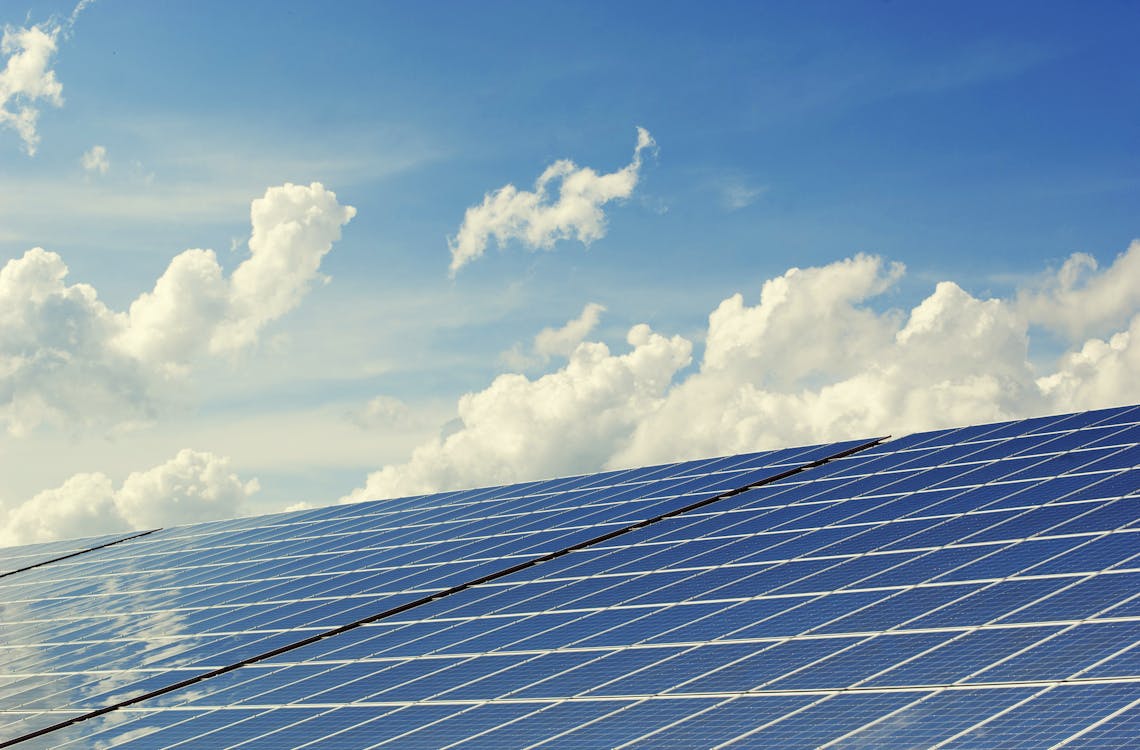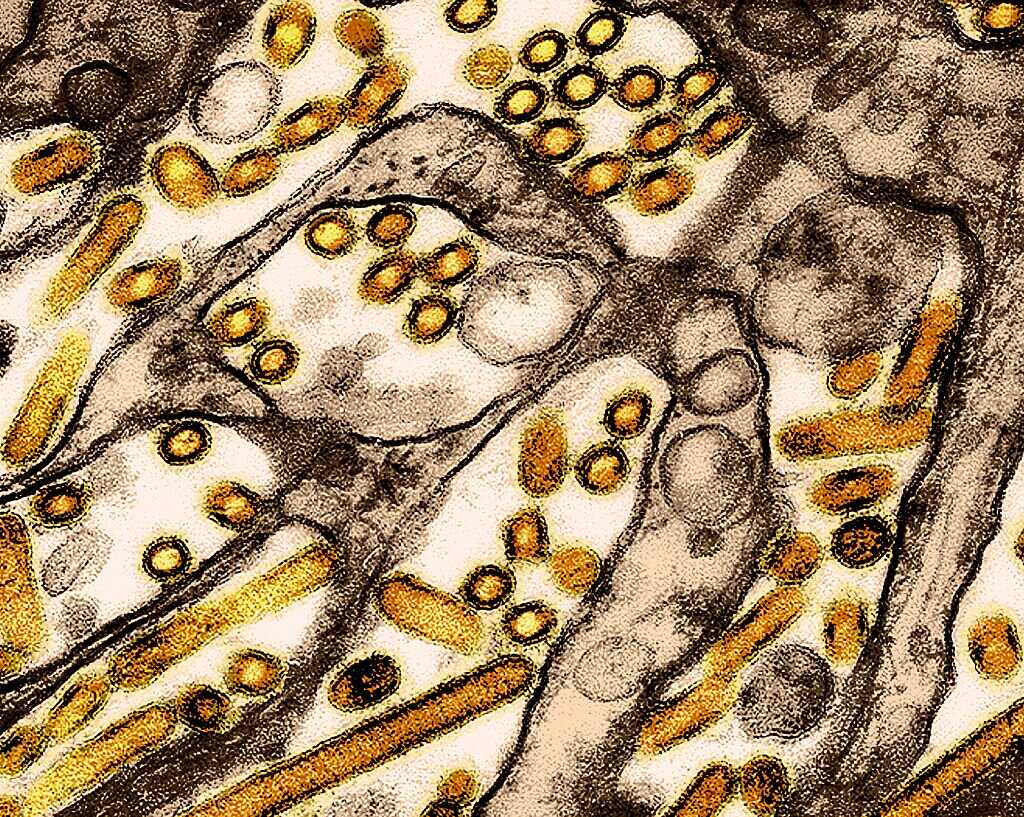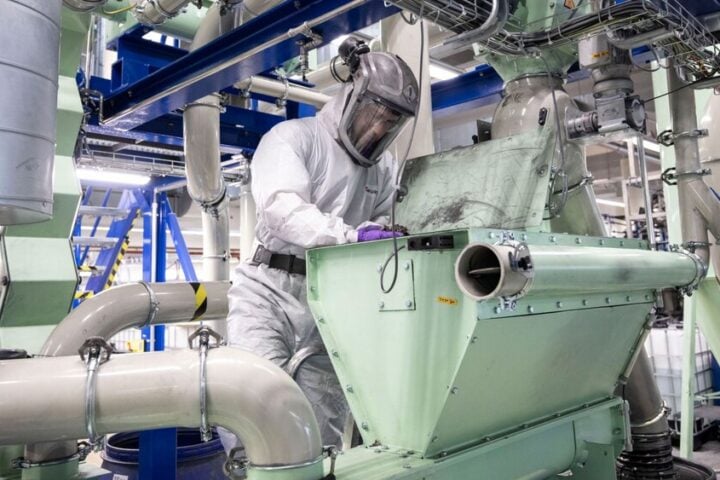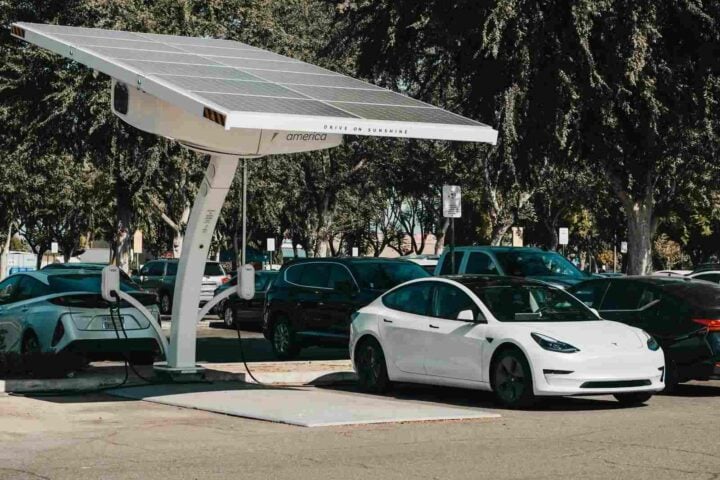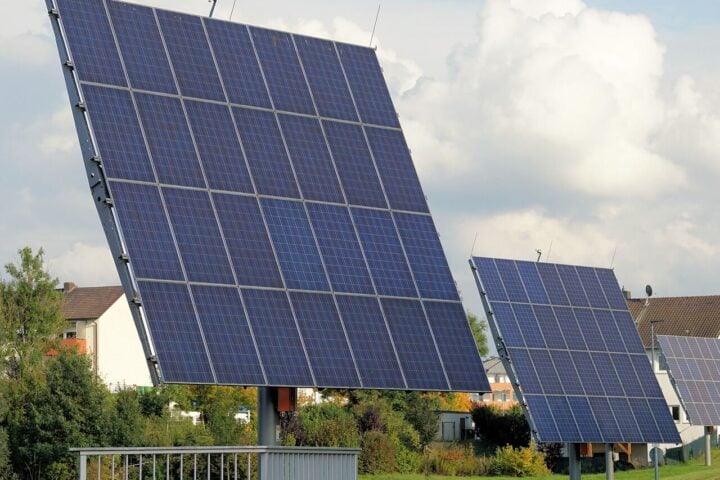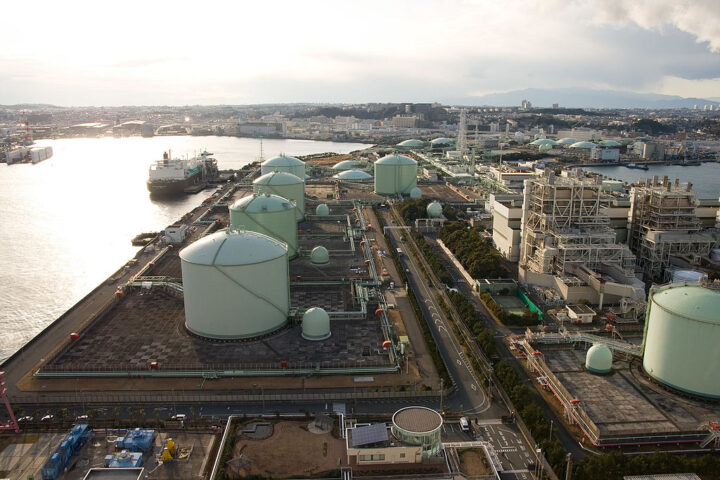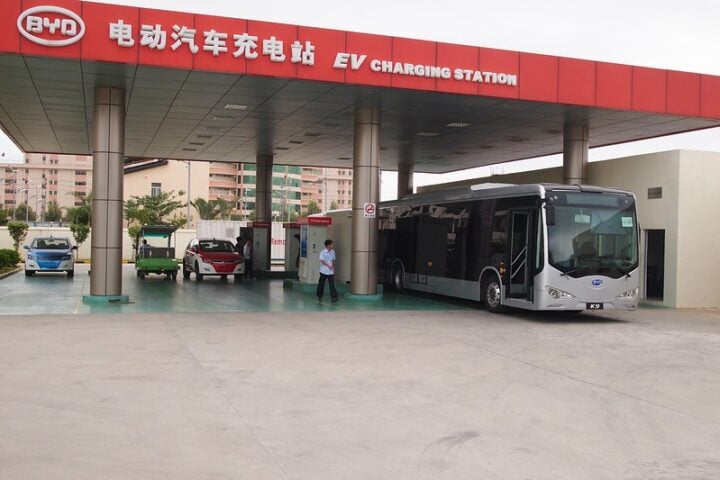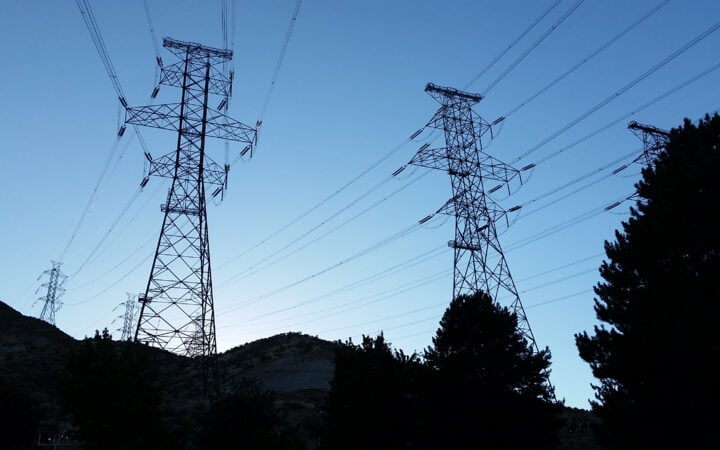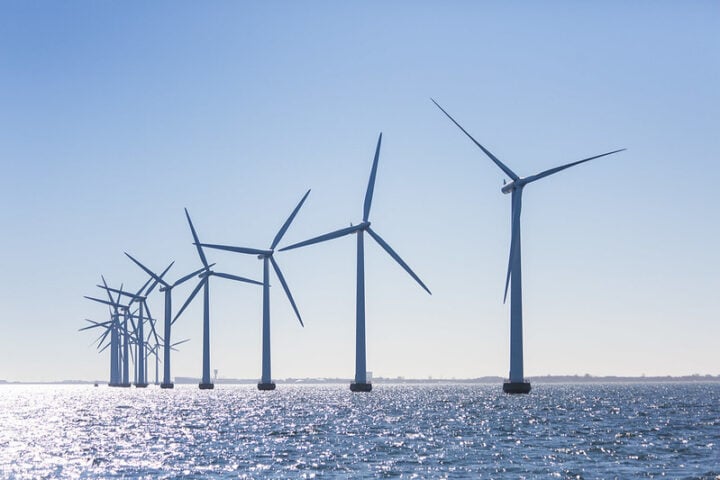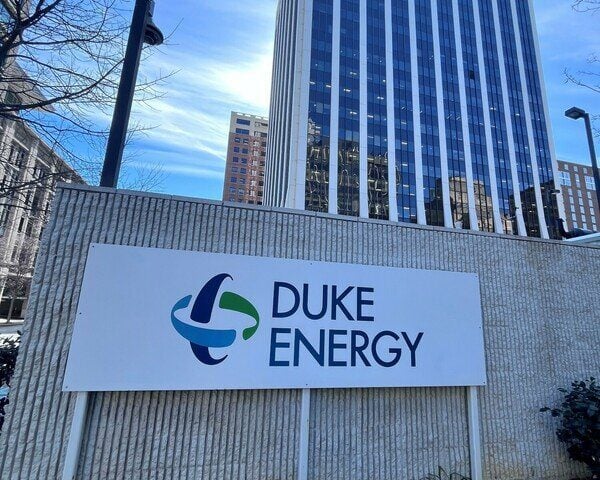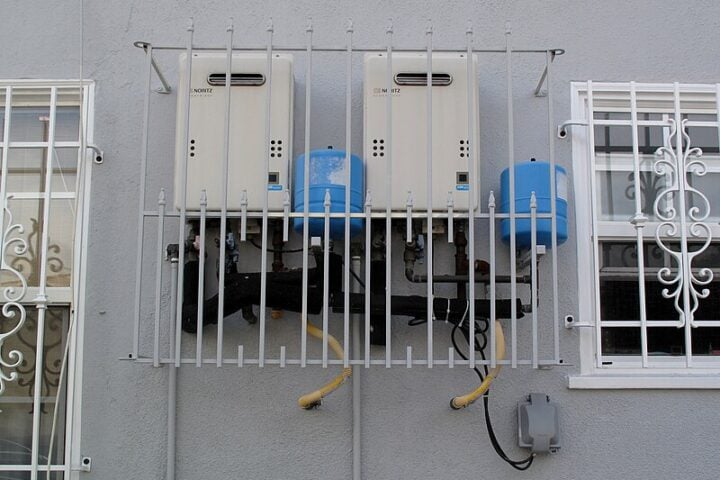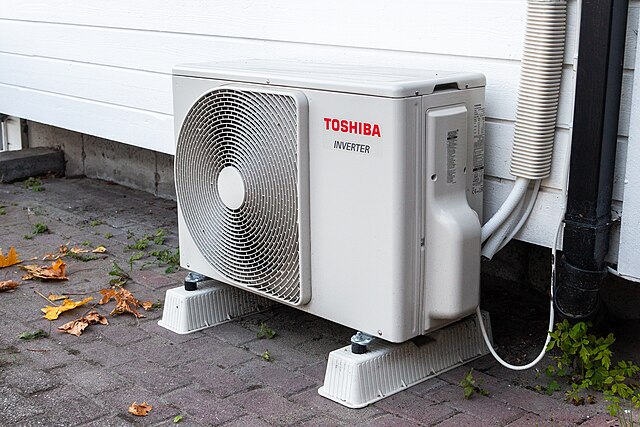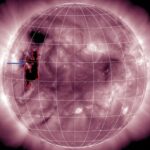JinkoSolar Holding Co., Ltd. (NYSE: JKS) has reached 33.84% conversion efficiency with its N-type TOPCon-based perovskite tandem solar cell, pushing past its earlier record of 33.24%. The Shanghai Institute of Microsystem and Information Technology, Chinese Academy of Sciences independently verified these results, adding this achievement to JinkoSolar’s collection of 27 world records in PV product efficiency and power output.
The company’s R&D team combined three key technologies to achieve this efficiency: full-area passivated contact technology, perovskite interfacial defect passivation technology, and bulk defect passivation technology. These innovations work together with JinkoSolar’s N-type high-efficiency monocrystalline TOPCon solar cell, which serves as the bottom cell in this tandem configuration.
“Once again, we have achieved remarkable progress in solar cell efficiency as a result of our ongoing investments in R&D and steadfast commitment to excellence,” said Dr. Jin Hao, CTO of Jinko Solar Co., Ltd. “This milestone strengthens our confidence in our ability to achieve further technological breakthroughs as we work toward building a greener and more sustainable energy future.”
The timing of this advancement places JinkoSolar in an intensifying race for solar cell efficiency. Chinese manufacturer LONGi set a world record of 34.6% efficiency for silicon-perovskite tandem cells earlier in 2024. The competition extends beyond China, with companies like Qcells announcing a 28.6% efficiency achievement on large-area silicon solar cells with perovskite top layers in December 2024.
Similar Posts
JinkoSolar’s manufacturing footprint spans over 10 production facilities globally as of September 30, 2024. The company expects to ship between 90 GW and 100 GW of modules in 2024, demonstrating the scale of their operations. Their sales network extends across multiple regions, including China, the United States, Japan, Germany, and other major markets.
The achievement’s technical implications are substantial. By surpassing the conversion efficiency limits of single-junction crystalline silicon cells, this development shows how TOPCon technology can work effectively with next-generation perovskite/silicon tandem cell technology. This compatibility opens new paths for photovoltaic industry development, particularly in improving energy yield per panel and reducing land use requirements for solar installations.For context, higher conversion efficiency means more electricity generated from the same amount of sunlight hitting a panel. This translates to practical benefits: solar farms can produce more power in limited space, and customers can get more energy from rooftop installations. The business implications extend to reduced installation costs per watt and improved competitiveness against other energy sources.
